You probably remember Marvel Comics' "Fantastic Four." They're a superhero team on a mission to make the world a better place by battling evil doers like Doctor Doom and Ronan the Accuser, ruler of the negative zone! Sometimes trying to launch a remote work initiative can make you feel like you need a band of superheroes to help you vanquish Doctor "Can't Do" and "Mr. Impossible" from the "Department of No." Fear not, good citizens, Nutanix and Google Cloud have teamed up to give you the superpowers you need to provide secure, flexible workspaces with a great user experience.
The four key elements in Desktop as a Service are user Identity, easy Application Access, flexible Infrastructure to run virtual desktops and applications, and of course Storage to access your data. Nutanix Xi Frame and Google Cloud are great together and have a unique integration with the four IT superpowers: Google Identity, Progressive Web Applications (PWA), Google Cloud Platform (GCP), and Google Drive.
In this article we describe the advantages of this integration and share examples of the Xi Frame configuration. We also include a nice user-experience video with Frame and Google Identity, PWA, Google Drive FileStream, and GCP in action.
Frame - application access from anywhere
Frame is a secure Desktop as a Service (DaaS) platform designed to deliver applications and desktops to business users on any device. Clients, agents, receivers, or plugins aren’t required on the endpoint device; all you need is an HTML5 browser.
Google Chrome and Chrome-powered browsers deliver the most feature-rich functionality and the best user experience. The Frame service is cloud hosted, controlled, and managed by Nutanix. Nutanix is solely responsible for operating, maintaining, and developing the solution as a Desktop-as-a-Service platform. The flexibility of Nutanix Frame allows you to select GCP or other hyperscaler infrastructure solutions, including Nutanix AHV on-premises, for running your workload VMs responsible for delivering virtual desktops and applications.
Frame is so simple that you can get up and running with DaaS in five easy steps--read about it here.
Fantastic Four (part 1): Identity
Identity is the ability to authenticate both end-users and administrators to access Frame resources. Frame supports Single Sign-On (SSO) with Google authentication through both 1-click OAUTH2 and SAML2 integration options.
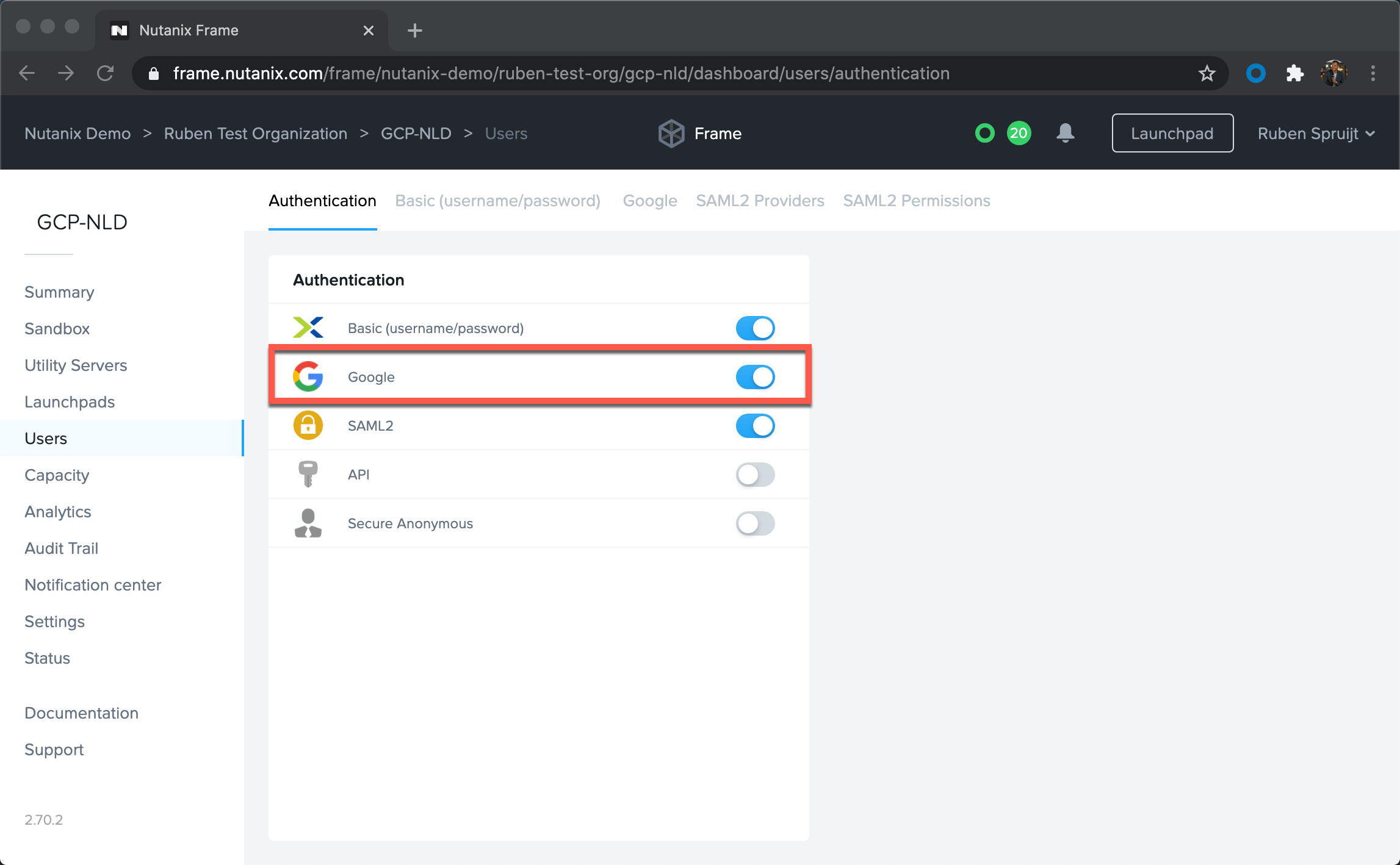
Identity integration with Google provides administrators access via Role Based Access Control (RBAC) to the Frame multi-tenant platform, including customer, organization, and Frame accounts entities. If you want to know more about RBAC, multi-tenancy, and platform hierarchy options, the “super admin” video in this blog post is a great watch.
The Google Identity Provider integration via OATH2 or SAML2 provides end-users or groups of end-users access to their virtual desktops and applications.

Fantastic Four (part 2): Application Access via PWA and Launchpad
The second part of the fantastic four is application access. Launching applications is the next logical step after the user is authenticated and authorized to run applications. End-users can run any application in their Chrome browser without installing anything on their Chromebook. No client, no receiver, no plug-in, just HTML5. The Frame Remoting Protocol (FRP) provides easy access to Frame-powered applications and a great user experience in LAN, WAN, and mobile scenarios.
There are different ways to access applications, but two common methods are the Frame Launchpad or Progressive Web Applications (PWA). The Frame Launchpad, part of the Frame service, is a rich and easy-to-use HTML5 web interface that lets end users launch applications and desktops straight from their Chrome browser.
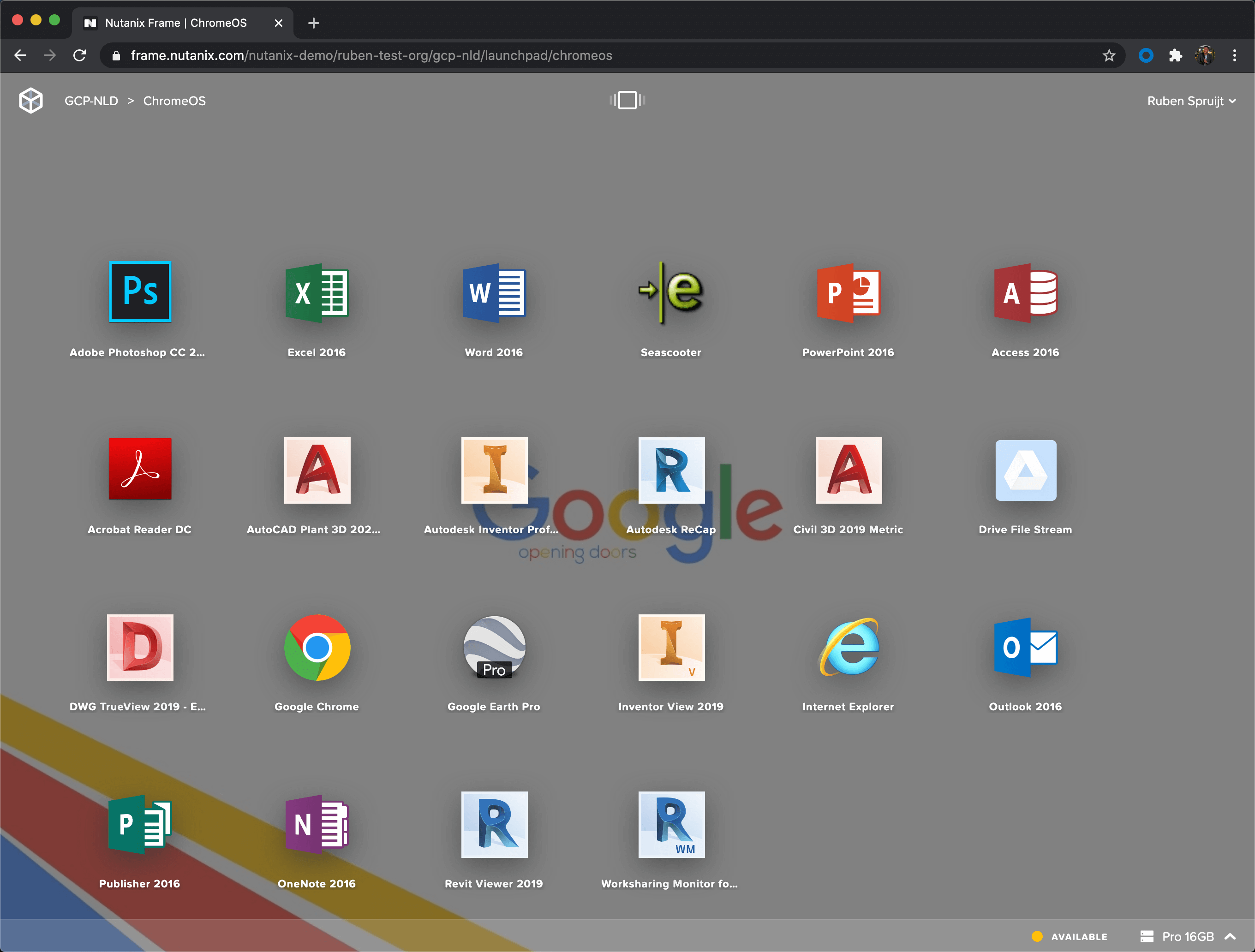
Another option is Progressive Web Applications (PWA), which includes modern web application technology that allows end-users to “install” (integrate) the Frame powered application into Google Chrome OS. The application will roam while the user is using different devices. The Google endpoint management administrator can push PWAs to Google managed environments, making sure end-users have easy access to Frame-powered applications integrated within their Google shelf delivered as a PWA.
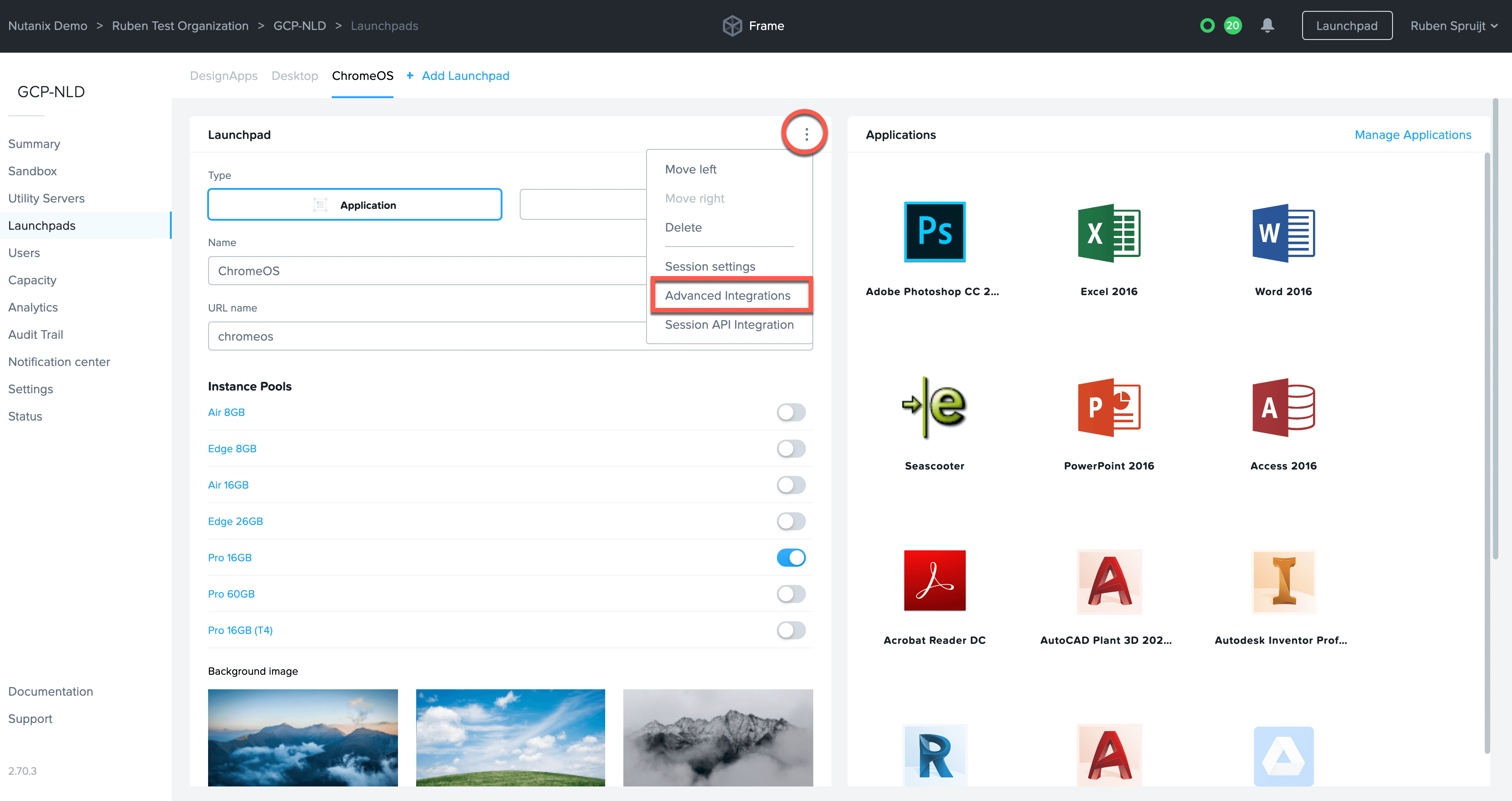
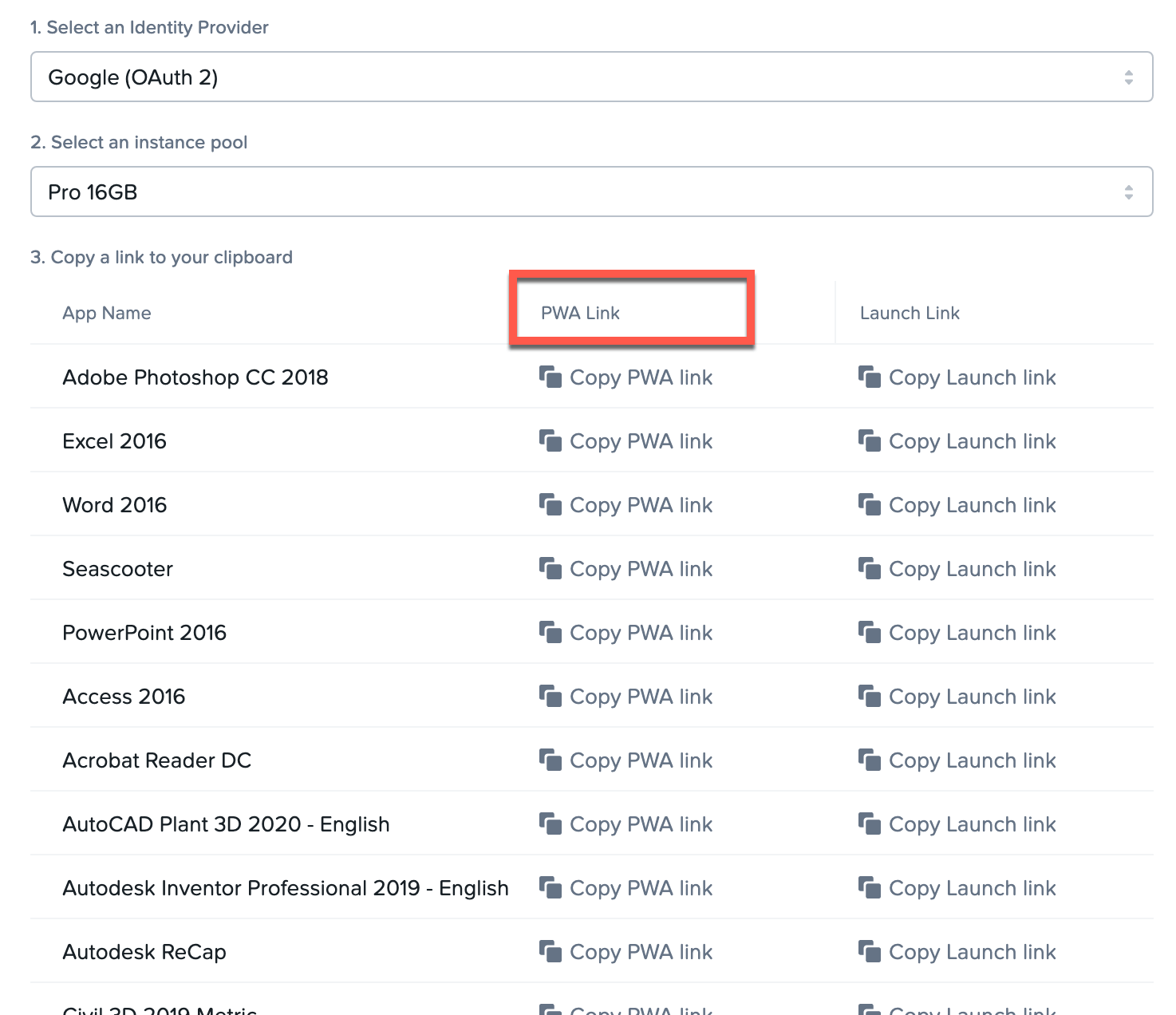
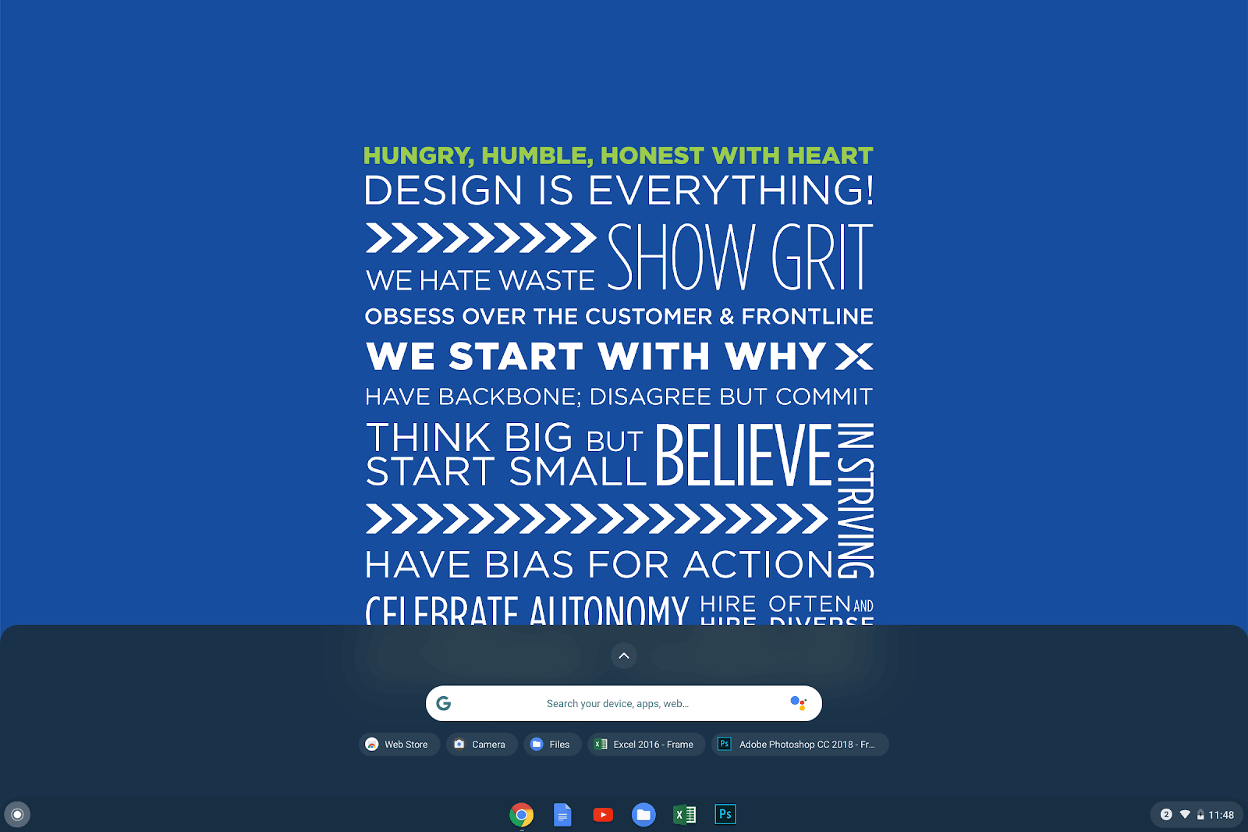

Fantastic Four (part 3): Infrastructure resources powered by GCP
Google Cloud Platform (GCP) provides virtual machines, storage, and networking capabilities so virtual desktops and applications can be executed. The Frame control plane can connect to the GCP infrastructure in 23 regions and fully orchestrate resources automatically.
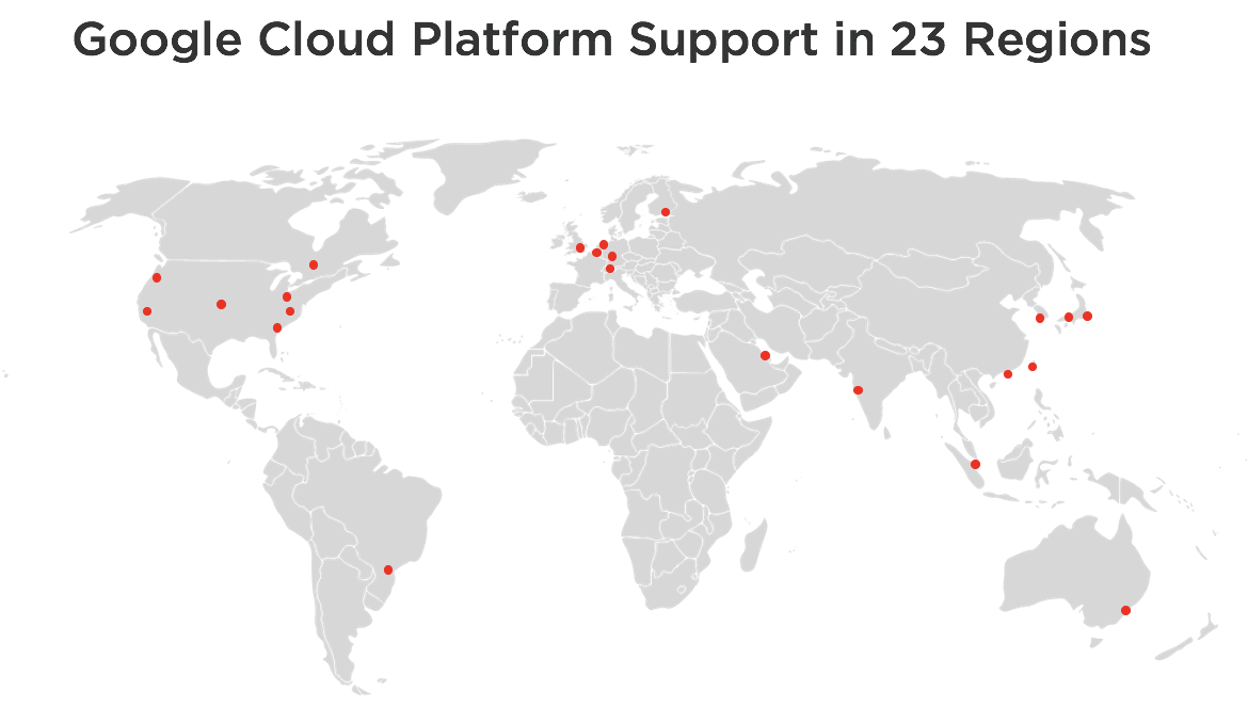
There is no need to manually set up GCP infrastructure resources; the Frame service will handle this securely on your behalf. The infrastructure workload virtual machines (VM) will run your end-user applications and desktop and can include powerful NVIDIA GPUs to deliver any Windows application to the end-users, including high-end “Cloud Workstation” applications.
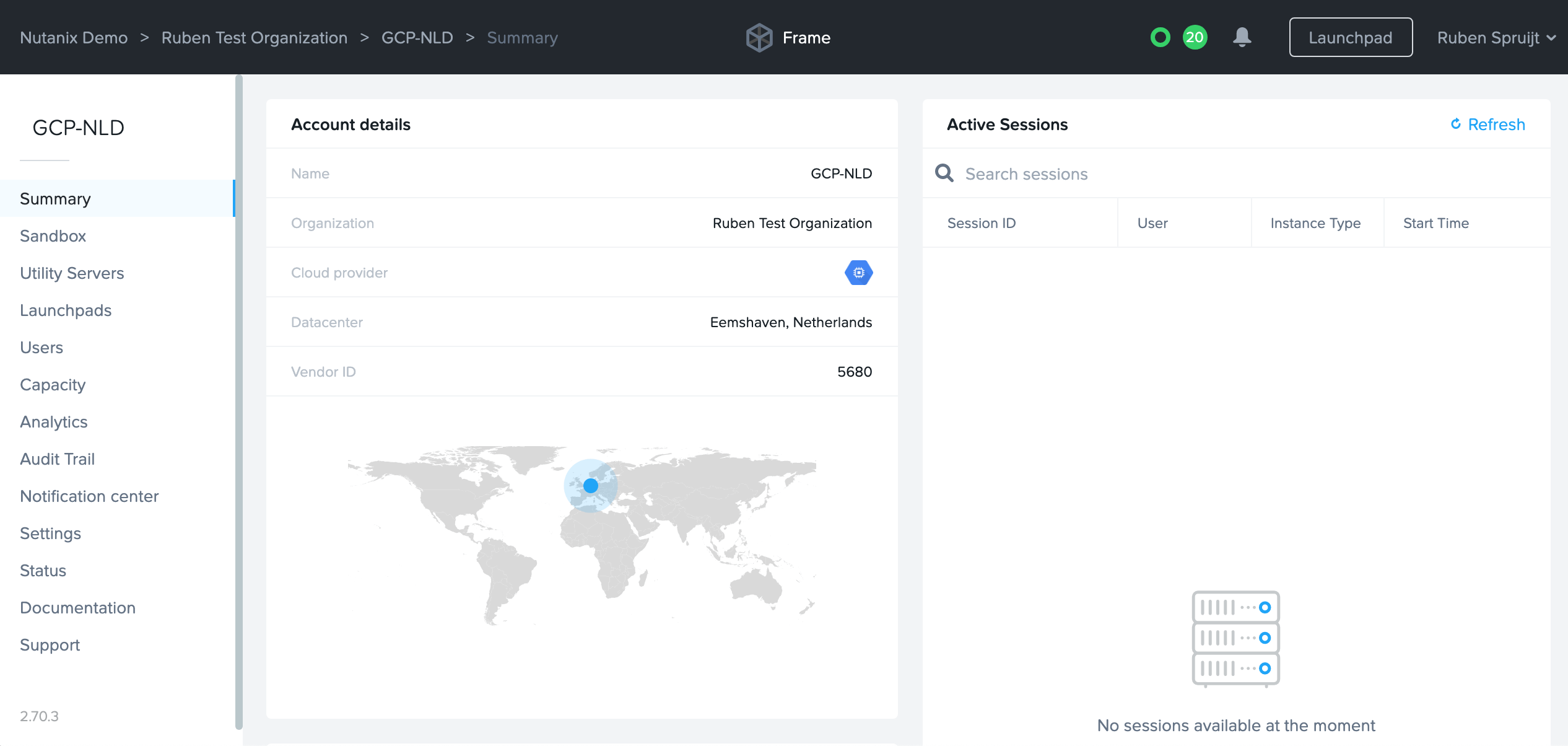
Fantastic Four (part 4): Storage
The fourth and final part of the fantastic four is cloud storage. It's all about the data; apps are just access. Frame natively integrates with Google Drive.
The 1-click Frame native cloud storage integration for Google Drive is extremely simple to use and provides secure access to files on-demand without caching the files within the session. It is also possible to install and configure the Google Drive File Stream client. Besides access and synchronization, the software also provides functionality such as access to shared drives, (selective) synchronization of files and folders, and creation of URLs to share files.
To learn more about about Frame and the different storage options available, please check out this blog.

Frame Fantastic Four in action
In the video below, you can see for yourself how powerful and simple the Frame and Google solution is. We used a Google Pixelbook 2 for the device and authenticated the showcase user with Google Identity. The user is accessing Frame-powered applications using Progressive Web Applications. The applications are running on GCP over WAN with NVIDIA-powered T4 GPU instances. Finally, the user is accessing files from 1-click Google Drive and Google Drive File Stream integration.
Try Xi Frame for Yourself
If you’re ready to give Frame a try yourself, click this link to test out Frame for free. You’ll get a great overview of both the user and admin experience. If you want to evaluate Frame with your own GCP account, simply start a free one-month trial, going to my.nutanix.com and clicking “Start Trial” on the Frame tile. You can also learn more about the Frame and Google solution here.
Author
More content created by
Ruben Spruijt© 2024 Dizzion, Inc. All rights reserved. Frame, the Frame logo and all Dizzio product, feature and service names mentioned herein are registered trademarks of Dizzion, Inc. in the United States and other countries. All other brand names mentioned herein are for identification purposes only and may be the trademarks of their respective holder(s). This post may contain links to external websites that are not part of Dizzion. Dizzion does not control these sites and disclaims all responsibility for the content or accuracy of any external site. Our decision to link to an external site should not be considered an endorsement of any content on such a site. Certain information contained in this post may relate to or be based on studies, publications, surveys and other data obtained from third-party sources and our own internal estimates and research. While we believe these third-party studies, publications, surveys and other data are reliable as of the date of this post, they have not independently verified, and we make no representation as to the adequacy, fairness, accuracy, or completeness of any information obtained from third-party sources.